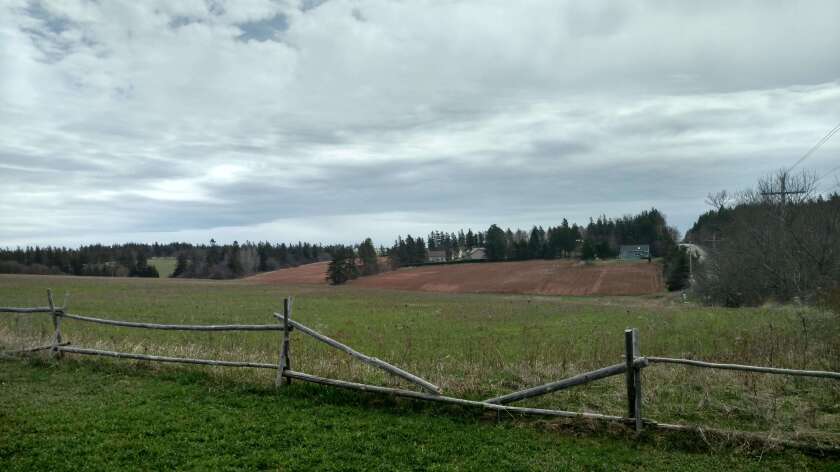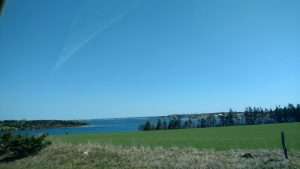
"Oh, my Island is matchless-matchless. I feel that I did some violence to my spirit by leaving it. I belong here. It is mine - I am its own. It is in my blood. There is a part of me that only lives here... this colorful little land of ruby and emerald and sapphire."

- L. M. Montgomery
Many Anne of Green Gables fans will know that the timeless book written by L. M. Montgomery was based in a similarly timeless place - her childhood home of Cavendish, on Prince Edward Island. As dramaturg, I had a unique opportunity to travel to Prince Edward Island and do a little research into this land that held such permanent sway on the heart of L. M. Montgomery. Here, I would like to share some of the insights and personal revelings of this mystical setting where our story, Anne of Green Gables takes place.

The Mi'kmaq people, who first inhabited the island, called it Epekwitk, "cradled on the waves". Their legends tell of the Great Spirit forming the island on the blue sea by placing dark red clay in a crescent shape. The island sits northeast of Nova Scotia, Canada. It was discovered by the French, but they were driven from the island by the British. After that, a high influx of Scottish highlanders settled the island in the late 1700s, giving a pronounced Gaelic culture to the island that is still felt today. In 1873, the island was federated into Canada and became the nation's smallest province.

The island's economic foundation is farming, especially potatoes. In fact, Prince Edward Island supplies 25% of all of Canada's potatoes. Their other greatest resource, especially today, is tourism (thanks in large part to L.M. Montgomery and her Anne books). There are two major ways to get onto the island. The first is the ferry, which travels to and from Prince Edward Island and Nova Scotia. There used to be a second ferry service from New Brunswick until 1997, when the Confederation Bridge was built, linking the two provinces together. It is the longest bridge in the world that spans ice-covered waters.

The whole island has a prevalent pastoral feel and is abundant with large, rolling hills, creaking woods, and long saltwater marshes. Most of the soil and dirt on the island is, indeed, red sandstone. This is because of the high iron concentration within the ground. As the iron touches the air, it turns red. There is a large amount of white silica sand as well, which makes up the dunelands along the coast and makes a scrubbing sound when walked on. The climate is usually moderate on the island (as it was when I was visiting), but can change quite rapidly from day to day.
All of these facts are well and good. I find it incredibly interesting myself, as I

am an absolute nut for research. But the thing that stood out most during my visit was the overall impression of the island. I ended up visiting the island (in early May) before the tourist season started. Because of this, I was able to take long car trips through the island without much traffic. I could walk through the woods, hills, and beaches in near solitude. I experienced the extreme calming effect that the natural beauty of the island has to offer, which L.M. Montgomery often alluded to in her journals. Prince Edward Island really is a gem set apart from the rest of the world and the perfect place for young girls such as Anne and L.M. Montgomery to set their imaginations free.

